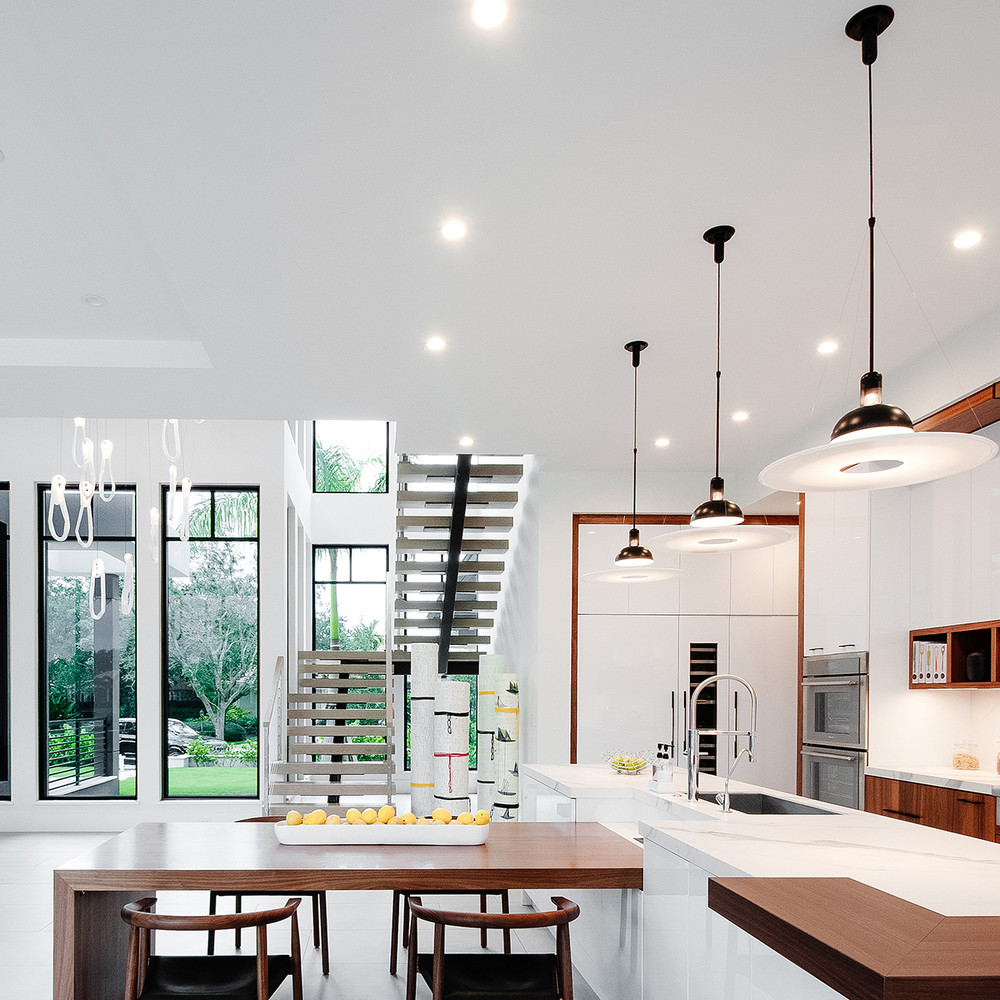
Radiant Colors: Exploring the World of LED RGB Lamps
Introduction
The world of lighting has seen significant innovation over recent years, including the development of LED RGB lamps. These lamps use LEDs of different colors (including red, green, and blue) to produce a wide range of hues, providing flexibility in color selection and control. Today, LED RGB lamps are widely used in different settings, including residential and commercial spaces, outdoor lighting, and even in automotive lighting. In this article, we will explore the world of LED RGB lamps in detail, examining their benefits, applications, and future prospects.
What are LED RGB Lamps?
LED RGB lamps use a combination of red, green, and blue LEDs to produce light of different colors. Each LED unit is controlled independently, letting users achieve various shades of the desired color. Compared to conventional lamps, LED RGB lamps offer one significant advantage: they don’t need filters or gels to produce different colors. Instead, the individual LEDs are combined to make new color combinations, giving users versatility in choosing hues.
Color Mixing Techniques
There are two methods for mix colors in LED RGB lamps: additive mixing and subtractive mixing. Additive mixing involves combining the three primary colors of light to create another color. When red, green, and blue combine in equal measure, they produce white light. On the other hand, subtractive mixing involves starting with white light and removing certain wavelengths (colors) to reveal the remaining hue. This usually involves putting colored filters in front of the light source.
Applications of LED RGB lamps
LED RGB lamps have numerous applications. One of the most popular uses is for residential lighting, where they can create an atmosphere of warmth, brightness, or tranquility. In commercial settings, LED RGB lamps can be used for highlighting features, products or creating distinctive ambient effects in bars, spas, malls or any other commercial location. Furthermore, LED RGB lamps are applied for automotive and outdoor lighting, providing not just illumination and visibility but creating an impressive scene. Given their flexibility, LED RGB lamps also are popular in installation art, where light is used to create visual effects, enhance immersive experiences, etc.
Benefits of LED RGB Lamps
There are many reasons why LED RGB lamps are popular. Firstly, they provide an energy-efficient solution for both residential and commercial use. Compared with traditional light bulbs, LED RGB lamps last longer, use less power, and generate less heat, reducing energy consumption and minimizing the cost of maintenance. Secondly, LED RGB lamps offer flexibility by enabling users to adjust the lighting color, intensity and saturation to achieve a more suitable mood or ambiance. Lastly, LED RGB lamps are highly reliable, making them suitable for a wide range of demanding applications.
Future Prospects
The LED lighting market is projected to grow to $108,297.8 million by 2026, driven by an increasing demand for energy savings, sustainable solutions, and smart lighting technologies. LED RGB lamps will continue to attract manufacturers looking to offer innovative lighting solutions, driven by innovation in the semiconductor industry, pushing down the cost of LED production. As a result, these lamps will become even more widely used, with the potential to transform the way we think about illumination.



